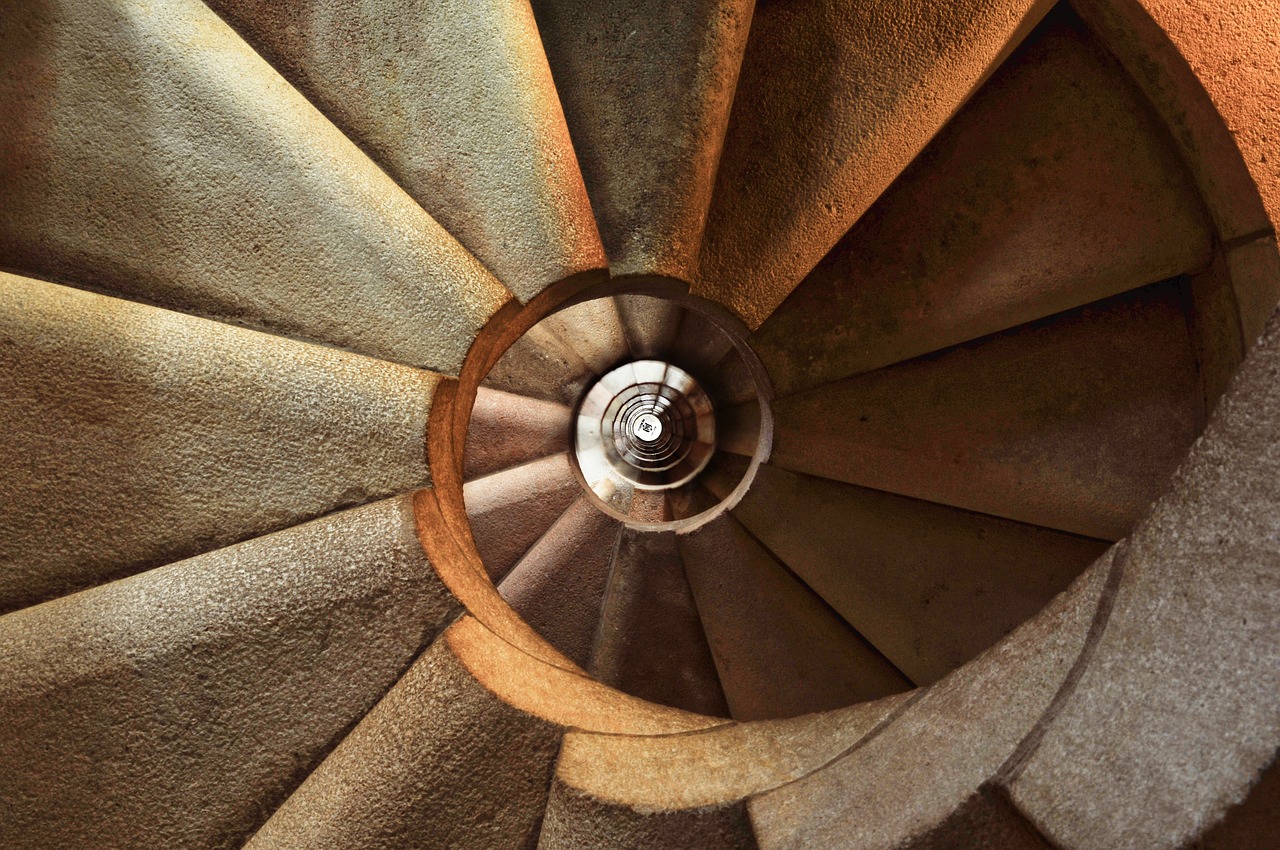If you spend most of your days inside, you may be missing out on the benefits of nature. But what if you could bring the outdoors in? Biophilic design does just that. By incorporating natural elements into architecture, biophilic design creates spaces that promote physical and mental well-being.
In this article, you’ll learn about the benefits of biophilic design in architecture. From improved physical health to increased productivity, biophilic design has numerous advantages. We’ll explore how biophilic design is sustainable and environmentally friendly, and we’ll showcase examples of biophilic design in contemporary architecture.
So if you’re curious about how you can bring nature into your everyday life, keep reading to discover the benefits of biophilic design.
Improved Physical Health through Exposure to Nature
You’ll feel healthier and happier with biophilic design because it lets you connect with nature, boosting your physical well-being. Biophilic design focuses on bringing the outdoors inside, creating a mind-body connection that can lower blood pressure, reduce stress levels, and even improve sleep quality.
By incorporating natural elements such as plants, water features, and natural lighting, biophilic design can help improve your overall physical health. One of the key benefits of biophilic design is the inclusion of natural lighting. Exposure to natural light can help regulate your body’s circadian rhythm, leading to improved sleep quality, which in turn can improve your overall physical health.
Additionally, natural lighting is known to boost mood, increase productivity, and reduce stress levels, all of which have a positive impact on your physical well-being. So, if you want to feel healthier and more energized, consider incorporating biophilic design into your home or workplace.
Enhanced Mental Well-Being through Biophilic Design
Feeling calmer and less stressed is a common experience when surrounded by natural elements in built environments. Biophilic design utilizes this concept to create spaces that enhance mental well-being. By incorporating elements such as natural light, vegetation, and water features, biophilic interiors provide a sense of calm and relaxation.
Nature therapy is a growing field that emphasizes the importance of connecting with nature for improved mental health. Biophilic design aligns with this concept, offering a way to bring nature indoors in a way that promotes mental wellness.
Studies have shown that exposure to natural elements in built environments can reduce stress levels, improve mood, and increase productivity. By incorporating biophilic design principles into architectural projects, designers can create spaces that not only look beautiful but also contribute to the mental well-being of occupants.
Sustainable Architecture and Environmental Benefits
Creating sustainable structures not only minimizes the negative impact on the environment but also promotes a healthier and more responsible way of living. As the world becomes more conscious about the need to reduce carbon footprint, eco-friendly building techniques and energy-efficient design features have become crucial in architecture.
Biophilic design offers an effective way to integrate sustainable architecture and environmental benefits into buildings. This approach emphasizes the use of natural materials and elements, such as wood, stone, and plants, to create a connection between people and nature. By reducing the use of synthetic materials, which have a negative impact on the environment, biophilic design contributes to the creation of a healthier indoor environment.
Additionally, incorporating energy-efficient design features such as solar panels, rainwater harvesting systems, and smart lighting systems can significantly reduce the carbon footprint of a building while also lowering energy costs. Architects can play a crucial role in promoting a healthier and more sustainable future by adopting biophilic design principles and incorporating sustainable building techniques.
Increased Productivity and Creativity in Biophilic Spaces

By incorporating natural elements into workspaces, you can experience psychological benefits such as increased productivity and creativity. Studies have shown that exposure to nature can reduce stress levels and improve cognitive function, leading to better performance in the workplace.
Biophilic design can include features such as natural lighting, indoor plants, and views of greenery, all of which can contribute to a more pleasant and stimulating work environment.
In addition to the psychological benefits, there are also economic advantages to implementing biophilic design in architecture. By improving employee well-being and productivity, companies can see a return on investment through increased profits and reduced absenteeism.
Furthermore, incorporating sustainable materials and energy-efficient systems into biophilic design can lead to cost savings in the long run.
Overall, biophilic design offers a holistic approach to architecture that benefits both individuals and businesses.
Examples of Biophilic Design in Contemporary Architecture
Take a look at how contemporary architects are integrating natural elements into their designs, from living walls and green roofs to incorporating natural materials like wood and stone. The integration of technology is also playing a significant role in biophilic design, with some architects incorporating elements like solar panels and automated shading systems to further enhance the connection between occupants and the natural world.
Another trend in biophilic design is the concept of urban biophilia, which seeks to bring nature into urban environments. This can be seen in projects like the Bosco Verticale in Milan, which features over 900 trees and 20,000 plants on its balconies, or the Amazon Spheres in Seattle, which houses over 40,000 plants from around the world.
By incorporating these natural elements into their designs, architects are not only creating visually stunning buildings, but also providing a range of benefits for occupants, including improved air quality, reduced stress levels, and increased productivity.
Frequently Asked Questions
Can biophilic design be applied to all types of buildings, including residential and commercial?
Yes, you can apply biophilic elements to both residential and commercial buildings. Incorporating natural light, plants, and water features can improve well-being and productivity in the workplace, and create a calming atmosphere in homes.
How can biophilic design be incorporated into urban areas with limited access to green spaces?
Limited green space in urban areas can be overcome by incorporating vertical gardens and rooftop greenery. These features provide a natural oasis in the midst of concrete and steel, enhancing well-being and reducing stress.
Are there any negative effects of biophilic design on the environment or local ecosystems?
When considering biophilic design, it’s important to take into account the potential environmental impact and ethical considerations. While it can have numerous benefits, such as improving air quality and reducing stress, it’s crucial to implement it in a responsible and sustainable manner.
How can biophilic design be implemented in a cost-effective manner without sacrificing quality?
Looking for cost effective strategies to implement biophilic design? Start by incorporating simple design elements like natural light and greenery. These small changes can have a big impact on the quality of your space.
What are some challenges that architects and designers face when implementing biophilic design, and how can they be overcome?
To overcome challenges when implementing biophilic design, architects and designers can incorporate solutions such as selecting appropriate materials, utilizing natural light, incorporating greenery, and considering the building’s surroundings. These strategies can enhance the overall design without sacrificing cost or quality.
Conclusion
So there you have it – the benefits of biophilic design in architecture are many and varied. By incorporating natural elements into the built environment, we can improve physical health, boost mental well-being, and promote sustainability.
Biophilic design also has the potential to increase productivity and creativity in the workplace, making it a win-win for both individuals and businesses alike.
As you go about your day, take a moment to appreciate the natural elements around you. Whether it’s a potted plant on your desk or a view of the outdoors from your window, these small touches can have a big impact on your overall well-being.
And if you’re involved in the design or construction of buildings, consider incorporating biophilic design principles into your plans. Not only will you be creating a healthier, more sustainable environment, but you’ll also be contributing to a growing movement towards greener, more nature-inspired architecture.










